Jornsen Reimpell, Helmut Stoll, Jurgen W. Betzler, Society of Automotive Engineers9780768006575, 0768006570, 0750650540, 9780750650540
Table of contents :
The Automotive Chassis: Engineering Principles……Page 3
Contents……Page 5
Preface……Page 11
1.1 General characteristics of wheel suspensions……Page 13
1.2 Independent wheel suspensions – general……Page 19
1.2.2 Double wishbone suspensions……Page 20
1.2.3 McPherson struts and strut dampers……Page 22
1.2.4 Rear axle trailing-arm suspension……Page 27
1.2.5 Semi-trailing-arm rear axles……Page 29
1.2.6 Multi-link suspension……Page 31
1.3.1 Rigid axles……Page 34
1.3.2 Semi rigid crank axles……Page 40
1.4 Front-mounted engine, rear-mounted drive……Page 42
1.4.1 Advantages and disadvantages of the front-mounted engine, rear- mounted drive design……Page 44
1.4.2 Non-driven front axles……Page 47
1.4.3 Driven rear axles……Page 51
1.5 Rear and mid engine drive……Page 53
1.6 Front-wheel drive……Page 57
1.6.1 Types of design……Page 58
1.6.2 Advantages and disadvantages of front-wheel drive……Page 60
1.6.3 Driven front axles……Page 63
1.6.4 Non-driven rear axles……Page 68
1.7.1 Advantages and disadvantages……Page 76
1.7.2 Four-wheel drive vehicles with overdrive……Page 80
1.7.4 Permanent four-wheel drive; basic passenger car with front- wheel drive……Page 84
1.7.5 Permanent four-wheel drive, basic standard design passenger car……Page 92
1.7.6 Summary of different kinds of four-wheel drive……Page 94
2.1 Tyre requirements……Page 98
2.1.2 Passenger car requirements……Page 99
2.2.1 Diagonal ply tyres……Page 101
2.2.4 Height-to-width ratio……Page 105
2.2.5 Tyre dimensions and markings……Page 109
2.2.6 Tyre load capacities and inflation pressures……Page 113
2.2.8 Rolling circumference and driving speed……Page 117
2.2.9 Influence of the tyre on the speedometer……Page 120
2.3.2 Rims for passenger cars, light commercial vehicles and trailers……Page 122
2.3.3 Wheels for passenger cars, light commercial vehicles and trailers……Page 126
2.3.4 Wheel mountings……Page 127
2.4 Springing behaviour……Page 128
2.5 Non-uniformity……Page 130
2.6.1 Rolling resistance in straight-line driving……Page 133
2.6.2 Rolling resistance during cornering……Page 134
2.7.1 Slip……Page 136
2.7.2 Friction coefficients and factors……Page 137
2.7.3 Road influences……Page 138
2.8.1 Lateral forces, slip angle and coefficient of friction……Page 140
2.8.2 Self-steering properties of vehicles……Page 142
2.8.3 Coefficients of friction and slip……Page 144
2.8.4 Lateral cornering force properties on dry road……Page 145
2.8.5 Influencing variables……Page 146
2.9 Resulting force coefficient……Page 150
2.10.2 Caster offset……Page 152
2.10.3 Influences on the front wheels……Page 154
2.11 Tyre overturning moment and displacement of point of application of force……Page 156
2.12.3 Effect of kinematics and elastokinematics……Page 158
3 Wheel travel and elastokinematics……Page 161
3.1 Purpose of the axle settings……Page 162
3.3 Track……Page 163
3.4 Roll centre and roll axis……Page 172
3.4.2 Body roll axis……Page 176
3.4.3 Body roll centre on independent wheel suspensions……Page 178
3.4.5 Body roll centre on rigid axles……Page 184
3.5.1 Camber values and data……Page 187
3.5.2 Kinematic camber alteration……Page 190
3.5.3 Camber alteration calculation by drawing……Page 193
3.5.4 Roll camber during cornering……Page 194
3.5.5 Elasticity camber……Page 197
3.6.1 Toe-in and crab angle, data and tolerances……Page 199
3.6.2 Toe-in and steering angle alteration owing to wheel bump- travel kinematics……Page 203
3.6.4 Toe-in and steering angle alteration due to lateral forces……Page 211
3.6.5 Toe-in and steering angle alteration due to longitudinal forces……Page 212
3.7.1 Steer angle……Page 220
3.7.4 Dynamic steering ratio……Page 227
3.8 Steering self-centring – general……Page 230
3.9.1 Relationship between kingpin inclination and kingpin offset at ground ( scrub radius)……Page 233
3.9.2 Braking moment-arm……Page 237
3.9.3 Longitudinal force moment-arm……Page 240
3.10.1 Caster trail and angle……Page 242
3.10.2 Caster and straight running……Page 246
3.10.3 Righting moments during cornering……Page 247
3.10.4 Kingpin inclination, camber and caster alteration as a consequence of steering……Page 251
3.10.5 Kinematic caster alteration on front-wheel travel……Page 257
3.10.6 Wheel travel-dependent rotation of the rear steering knuckle……Page 262
3.10.7 Resolution of the vertical wheel force on caster……Page 263
3.10.8 Settings and tolerances……Page 266
3.11.2 Vehicle pitch axis front……Page 267
3.11.3 Pitch axes rear……Page 270
3.12.1 Devices for measuring and checking chassis alignment……Page 272
3.12.2 Measuring the caster, kingpin inclination, camber and toe- in alteration……Page 274
4.1 Steering system……Page 278
4.1.3 Steering system on rigid axles……Page 281
4.2.1 Advantages and disadvantages……Page 283
4.2.2 Configurations……Page 284
4.2.3 Steering gear, manual with side tie rod take-off……Page 285
4.2.4 Steering gear, manual with centre tie rod take-off……Page 288
4.3.1 Advantages and disadvantages……Page 290
4.3.2 Steering gear……Page 292
4.4.1 Hydraulic power steering systems……Page 293
4.4.2 Electro-hydraulic power steering systems……Page 295
4.4.3 Electrical power steering systems……Page 298
4.5 Steering column……Page 300
4.7.1 Influence of type and position of the steering gear……Page 306
4.7.2 Steering linkage configuration……Page 308
4.7.3 Tie rod length and position……Page 311
5.1 Comfort requirements……Page 319
5.1.2 Running wheel comfort……Page 323
5.1.3 Preventing Îfront-end shakeÌ……Page 0
5.2 Masses, vibration and spring rates……Page 326
5.3 Weights and axle loads……Page 330
5.3.1 Curb weight and vehicle mass……Page 331
5.3.3 Permissible payload……Page 332
5.3.5 Permissible axle loads……Page 335
5.3.6 Load distribution according to ISO 2416……Page 337
5.4.1 Front axle……Page 340
5.4.2 Rear axle……Page 344
5.4.3 Springing and cornering behaviour……Page 346
5.4.4 Diagonal springing……Page 351
5.5.1 Air- and gas-filled spring devices……Page 352
5.5.2 Steel springs……Page 356
5.5.3 Stops and supplementary springs……Page 357
5.5.4 Anti-roll bars……Page 358
5.6 Shock absorbers (suspension dampers)……Page 359
5.6.1 Types of fitting……Page 360
5.6.2 Twin-tube shock absorbers, non-pressurized……Page 361
5.6.3 Twin-tube shock absorbers, pressurized……Page 367
5.6.4 Monotube dampers, pressurized……Page 369
5.6.5 Monotube dampers, non-pressurized……Page 376
5.6.6 Damping diagrams and characteristics……Page 378
5.6.7 Damper attachments……Page 379
5.6.8 Stops and supplementary springs……Page 382
5.8.1 McPherson strut designs……Page 387
5.8.3 Twin-tube McPherson struts, pressurized……Page 389
5.9 Variable damping……Page 393
6.1 Vehicle and body centre of gravity……Page 398
6.1.2 Calculating the vehicle centre of gravity……Page 399
6.1.4 Body weight and body centre of gravity……Page 404
6.2 Mass moments of inertia……Page 406
6.3.1 Braking……Page 409
6.3.2 Braking stability……Page 411
6.3.3 Calculating the pitch angle……Page 414
6.3.4 Influence of radius-arm axes……Page 419
6.4.1 Drive-off from rest……Page 422
6.4.2 Climbing ability……Page 426
6.4.3 Skid points……Page 428
6.5 Platform, unit assembly and common part systems……Page 431
Bibliography……Page 434
1 Reference points in figures……Page 436
2 Suffixes……Page 437
3 Lengths and distances in mm, cm or m……Page 438
4 Masses, loads and weights in kg……Page 439
5 Forces in N and kN……Page 440
7 Other moments in NM……Page 441
9 Angles in degrees or radians……Page 442
10 Characteristics and data with no dimensions……Page 443
11 Other symbols with dimensions……Page 444
Index of manufacturers……Page 445
Index of suppliers……Page 447
Subject index……Page 449
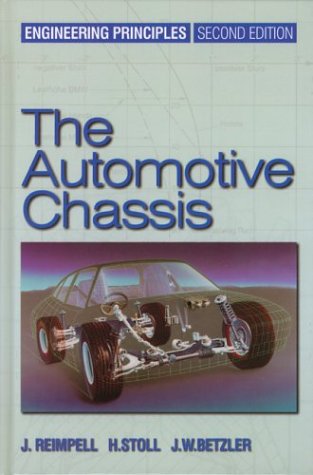
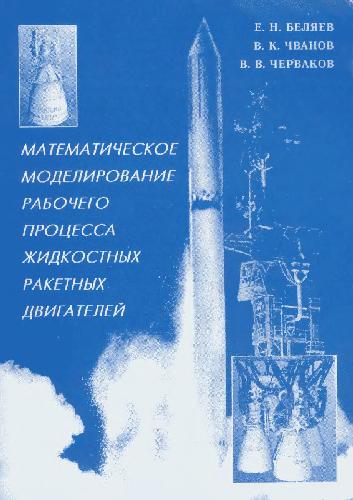

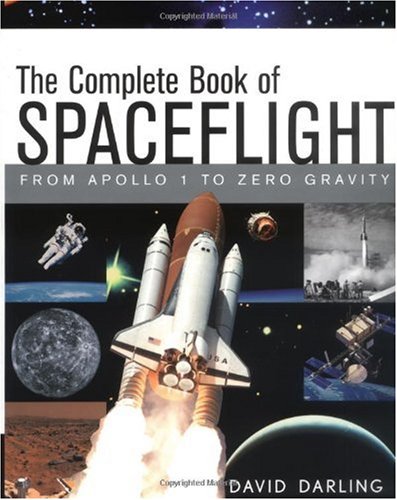
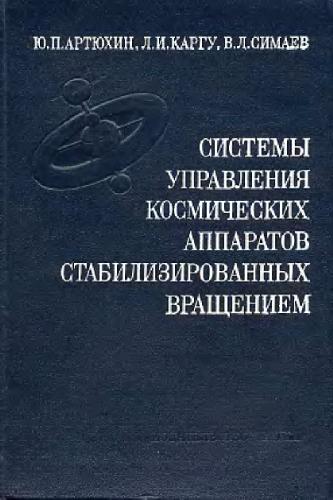
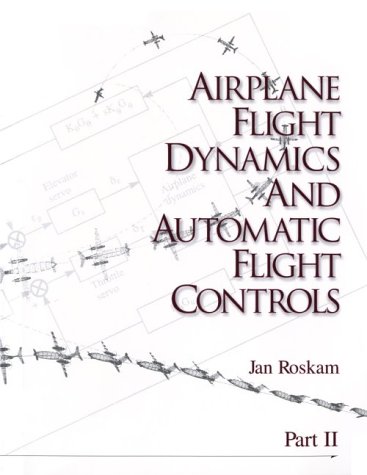

Reviews
There are no reviews yet.